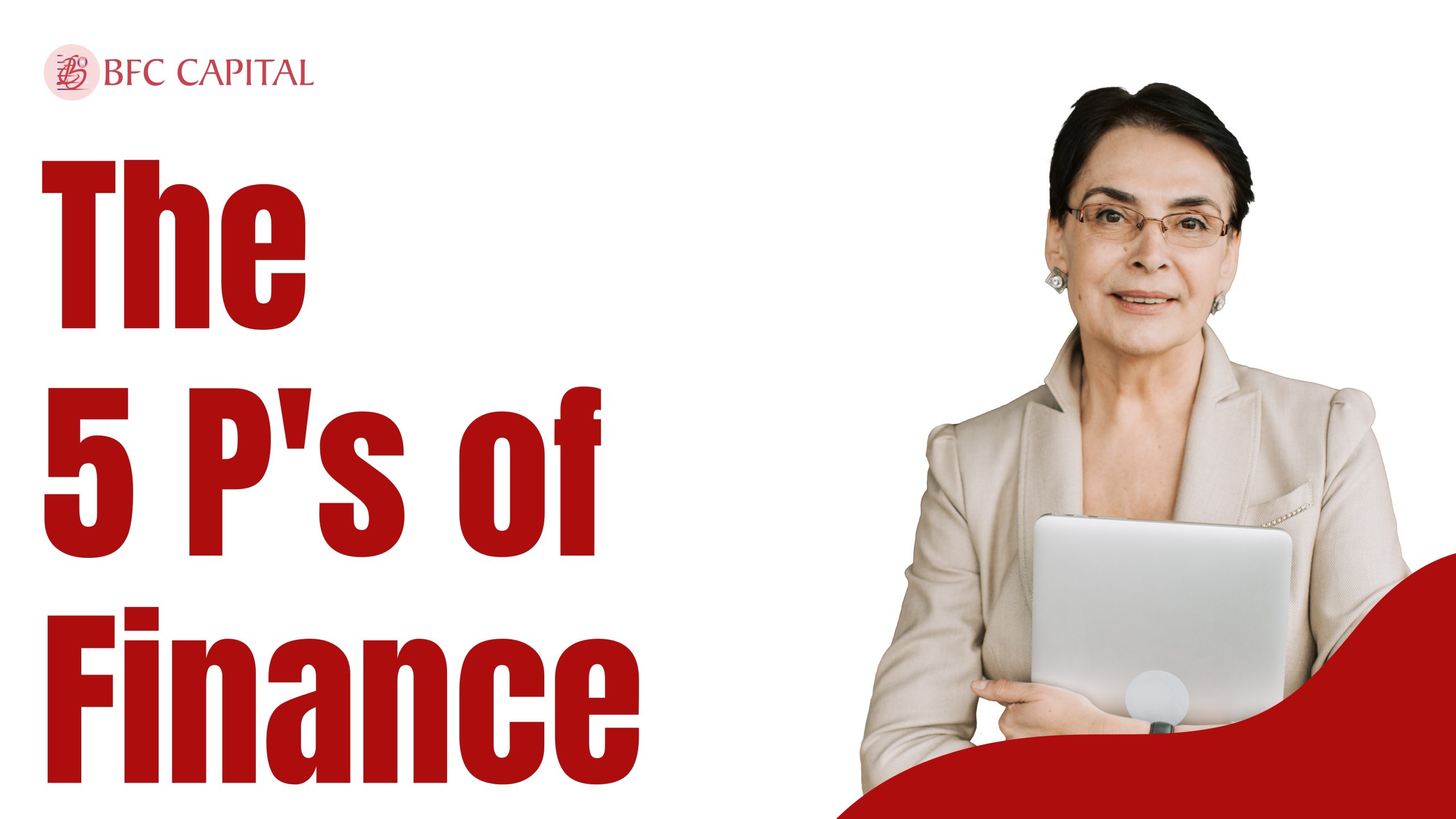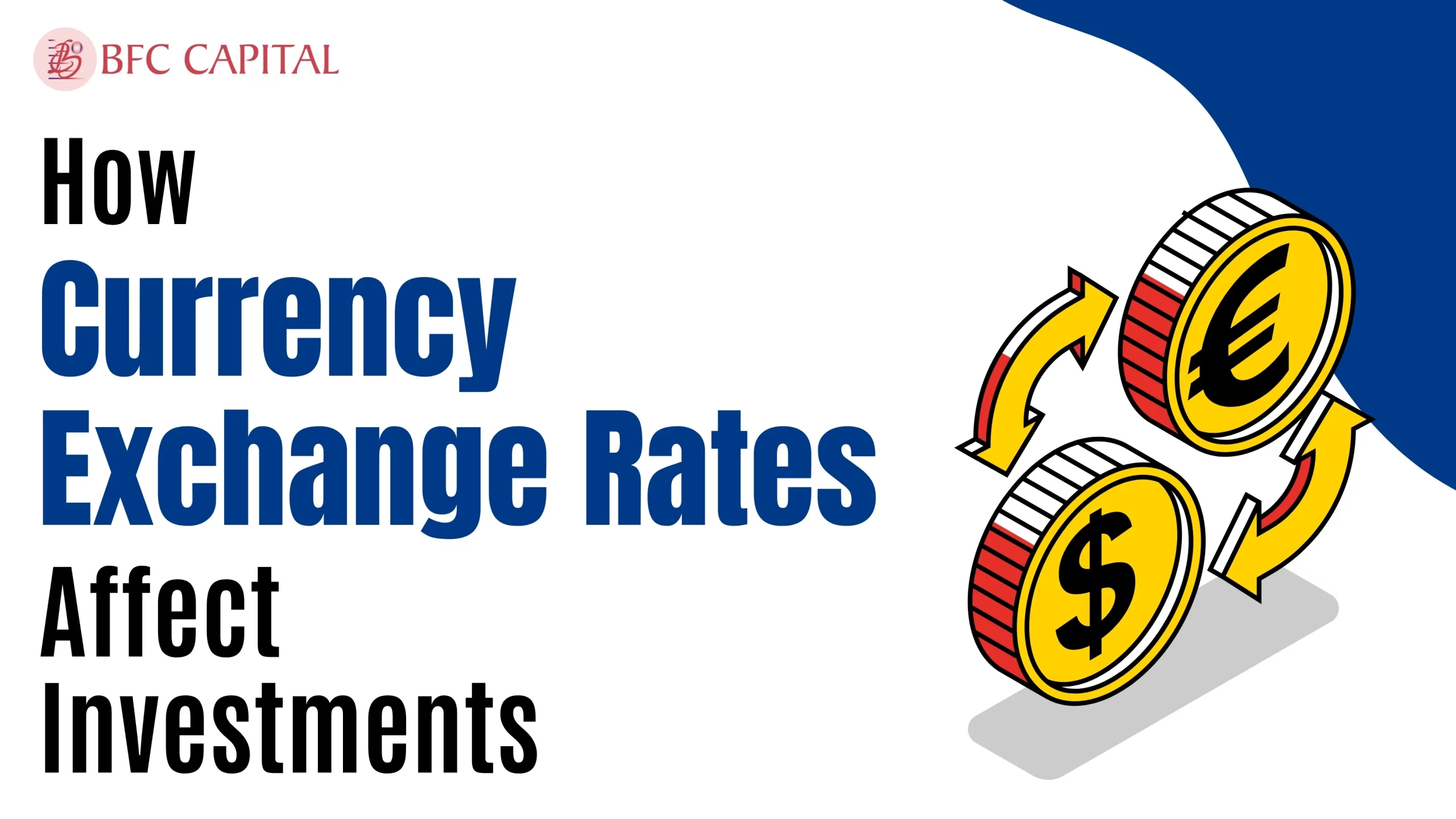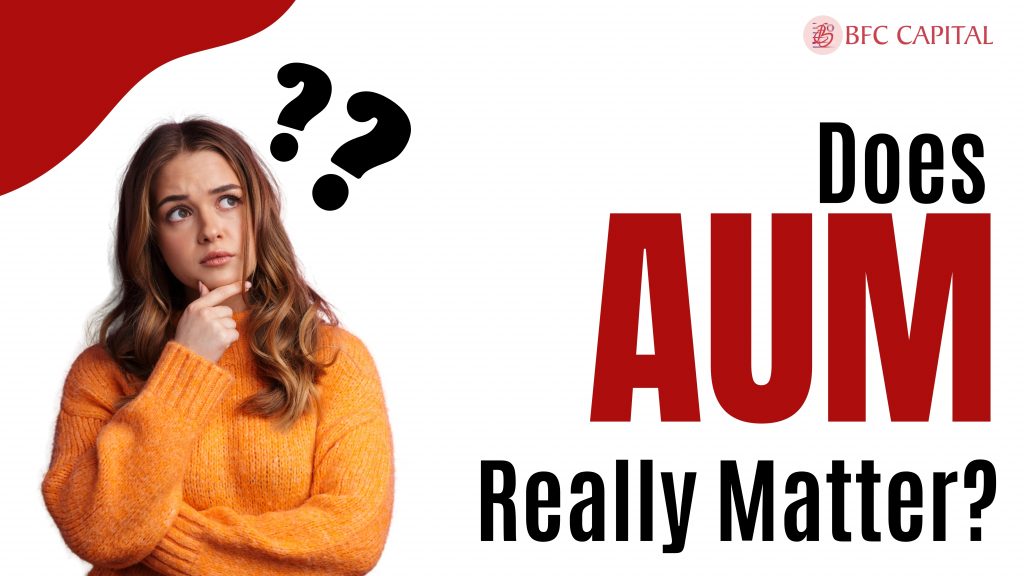
If we discuss the different factors that are considered when choosing a mutual fund, the fund size or AUM is either given too much emphasis or overlooked at all. It’s worth considering that AUM is the least acknowledged of the fund selection criterion.
While many investors reckon with fund size as a notable factor, others often disagree about its capacity in Mutual Fund investments. It is very important to have a thorough understanding of the fund size and AUM of Mutual Funds to invest mindfully and profitably.
In this article, BFC Capital will tell you the fundamentals of AUM and the role it plays across mutual fund categories. So, sit back, relax, and take a moment to carefully read about the details of AUM.
What Is Fund Size or Mutual Fund AUM?
AUM or Assets Under Management signifies to the total market value of the assets that are being controlled by the mutual fund.
In very simple words, assets under management or fund size are the total value of the capital carried by the mutual fund in the existing market. These fundamental assets are controlled by a specialist known as a Fund Manager who takes all significant decisions related to the mutual fund on behalf of investors.
AUM is highly worthwhile when you want to have an understanding of the fund house and its success. How a fund house has operated as contrary to its peers is also determined by the size of funds or Assets Under Management. Investors can also get an understanding of the return gained by mutual funds by knowing the AUM of a mutual fund. These profits or earnings can be used in three methods:
- Paying out to investors as dividends
- Reinvesting in investments to earn more
- Keeping investments according to the fund’s rules
Either of the three ways totally depends upon the growth technique of the fund house and fundamental company.
Now, you might be thinking, should you consider Assets Under Management while investing in mutual funds?
This decision depends on the category and size of the fund you are investing in:
- Equity funds
- Debt funds
- Small Cap funds
- Large Cap funds
Equity funds
When you are thinking of investing in equity mutual funds, the center of action should be how consistent the funds have been in driving returns and how excellently they act following the investment mandates.
AUM can stand at the sideline while investing in equity mutual funds. The uniformity of returns is represented by how well a mutual fund operates during market variations. So, an equity mutual fund is regarded to be excellent if it positively drives considerable and constant returns regardless of the fund size or rapport.
Debt Funds
Debt mutual funds depend thoroughly on their AUM to control their returns and dividends to investors. A debt mutual fund that has a large fund size or larger assets under management is in a good position to allocate fixed fund expenses across its investors. An immense fund size would signify a low expense ratio per person which can lead to better returns for the fund.
Moreover, if the fund house has a bigger fund size or assets under management, it supports getting better deals from debt issuers because of its size.
Mid And Small Cap Funds
The influence of a large AUM affects mid-cap and small-cap organizations. The principal reason behind this is that small-cap organizations invest in companies that have large growth capacities, which are constantly growing. Buying and selling of shares in these small, fast-growing companies can be difficult and affect how easily you can trade them.
Small-cap funds tend to limit cash influx beyond a specific level. Such a condition takes place when the assets under management for the particular mutual fund go above a certain level. The main reason behind this limitation is that a larger fund size would indicate that the fund has become a large shareholder in the organization giving rise to limitations in share trading when the market swings.
Additionally, with an escalating AUM, the fund manager faces the challenge of investing a bigger amount in the fundamental stocks, but the limitation again will make it a complicated path to navigate for him.
On the contrary, for mid-cap organizations, the companies in rumination have more liquidity and a rising AUM can be handled by the fund managers easily.
Large Cap Funds
It is a normal concept that the bigger the fund the better it is but that has still not been established. Different large-cap funds of differing sizes can be differentiated to get results that represent that the fund size does not necessarily affect the returns it generates.
In broader terms, large-cap funds can handle a high AUM more easily.
How to Understand the AUM of Indian Mutual Fund Companies
Here are the details of the Assets Under Management (AUM) for different Indian mutual fund companies, showing their figures as of March 2024 and June 2024, together with the percentage change over this period.
Section 1: High Growth
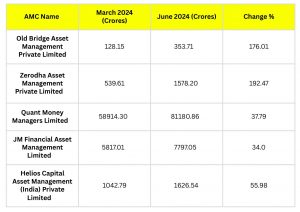
Section 2: Moderate Growth
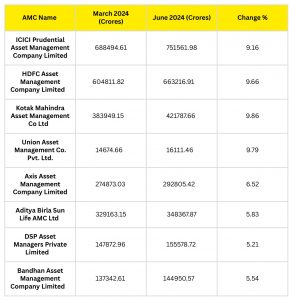
Section 3: Low Growth or Decline
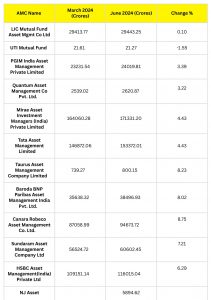
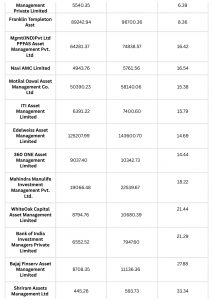
Source:https://www.morningstar.in/tools/mutual-fund-amfi-average-aum-by-fund-house.aspx
Conclusion
Assets under management provide a clear image of the total market capitalization of a mutual fund. Investors should take into account some other factors that possess a notable impact on the performance of a mutual fund in place of depending just on the AUM.
Assets Under Management is very useful to discover the mutual fund which is very well-known and can have a little influence on your decision related to investing in a new mutual fund.
Please share your thoughts on this post by leaving a reply in the comments section. Contact us via Phone, WhatsApp, or Email to learn more about mutual funds, or visit our website. Alternatively, you can download the Prodigy Pro app to start investing today!
Disclaimer – This article is for educational purposes only and does not intend to substitute expert guidance. Mutual fund investments are subject to market risks. Please read the scheme-related document carefully before investing.

Assistant Vice President – Research & Analysis
Akash Gupta heads the Research & Analysis department at BFC CAPITAL, where he combines in-depth market insights with strategic analysis. He holds multiple certifications, including:
- NISM-Series-XIII: Common Derivatives Certification
- NISM-Series-VIII: Equity Derivatives Certification
- NISM-Series-XXI-A: Portfolio Management Services Certification
- IRDAI Certification
With his expertise in equity, derivatives, and portfolio management, Akash plays a key role in providing research-backed strategies and actionable insights to help clients navigate the investment landscape.
